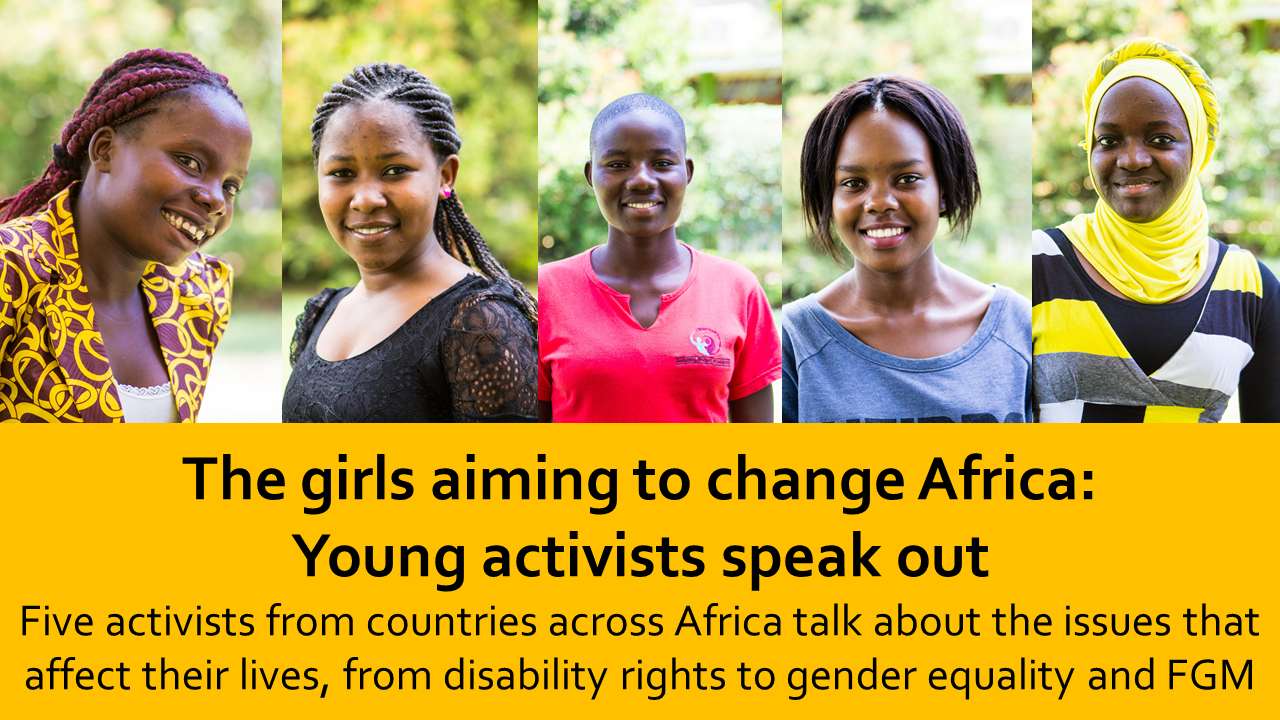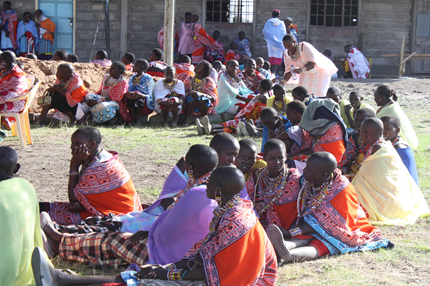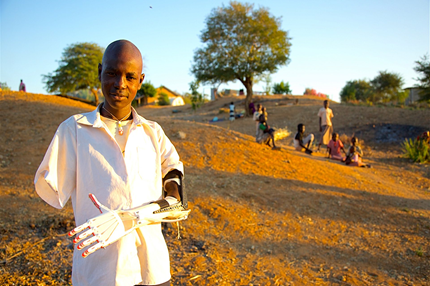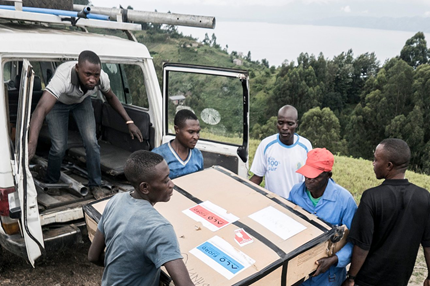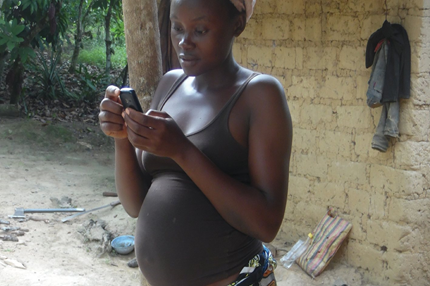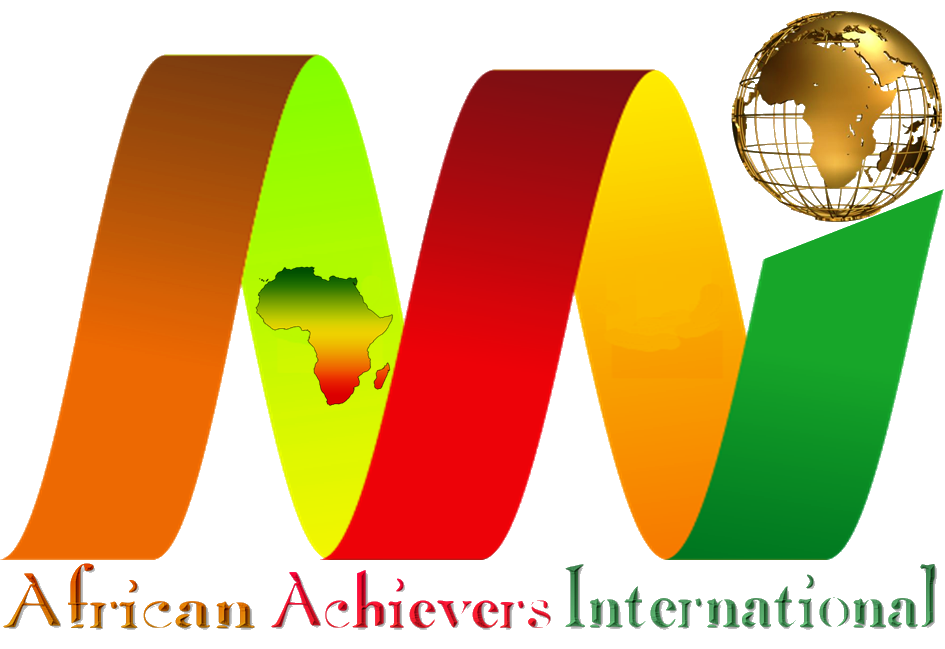Zimbabwe drought, hunger push
farmers to seek greener
pastures
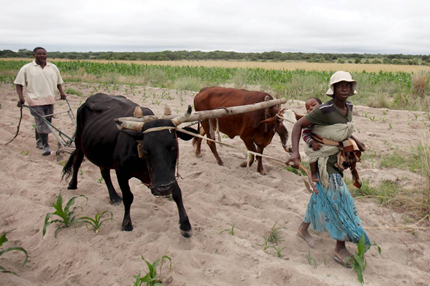
Communal farmers cultivate maize crops in Mvuma district, Masvingo, Zimbabwe, January 26, 2016. In Zimbabwe, farmers have already lost cattle and crops in the severest drought to hit the nation in a quarter of a century. But the worst may be yet to come. REUTERS/Philimon Bulawayo
As water disappears in southern Zimbabwe, many farmers are looking for new lives elsewhere
"I have to leave for the Eastern Highlands. The rains there are better. If I can't find a place to settle, I've no choice but to try my luck elsewhere," he said.
A decade ago Ndaizivei Nyamatsatse was the proud owner of 20 cows - a number that made him the envy of his neighbours in Zimbabwe's eastern province of Manicaland, where cattle are prized as a symbol of wealth.
But recurring droughts forced the 45-year-old farmer to sell some of his animals to buy food for his wife and six children. Others have died from a lack of grazing and water, leaving Nyamatsatse with only two cows.
Even they will not last long. Nyamatsatse plans to sell them for cash to start a new life in the province's highlands region or - better yet - in South Africa.
It's the last resort for the farmer, who started selling his cattle after realising his family could not survive only on vegetables from the garden or rely on food-for-work programmes run by aid agencies.
"I have thought long and hard
about this given the poor rains and lack of food every year,"
Nyamatsatse said
Women's rights and gender equality, we highlights issues affecting women, girls and transgender people.


"I have to leave for the Eastern Highlands. The rains there are better. If I can't find a place to settle, I've no choice but to try my luck elsewhere," he said.
Nyamatsatse is one of hundreds, if not thousands, of Zimbabweans who have migrated or have considered migrating from their ancestral lands over the past few years to escape worsening drought linked to climate change.
The United Nations estimates
that 4.1 million people in Zimbabwe are in need of aid this year
following a severe drought, exacerbated by El Nino - a warming of
sea surface temperatures in the Pacific which can lead to scorching
weather in eastern and southern Africa.
The water situation is particularly critical in the south of the country where water tables are fast receding. Most rivers, dams, wells, and even some boreholes have dried up, locals say.
The most drought-affected parts of the country of 14.2 million people are Masvingo, Matebelaland North and South and the Midlands, according to British charity Oxfam.
"If a person realises they don't have food, the economy is not performing around them, and that there are no economic opportunities, they always try to find the next best alternative, which is to move," said Joel Musarurwa, Oxfam humanitarian programme coordinator.
NEW DESTINATIONS
Neighbouring South Africa, the regional economic powerhouse, has always been a draw for migrants from poorer African countries. Stable Botswana and Namibia also have attracted Zimbabwean migrants, desperate for work and a chance to send money home.
But increasingly Zimbabweans are heading across the border to Mozambique and Zambia - countries that once lagged behind Zimbabwe in terms of development, healthcare and education.
Climate change is also forcing Zimbabweans to migrate to the Middle East in search of jobs, the International Organization of Migrations (IOM) said.
"This exposes some Zimbabweans to such vices as human trafficking," said IOM Chief of Mission in Zimbabwe, Lily Sanya.
She said there were also growing numbers of Zimbabweans migrating to East and West Africa.
"Due to climate change, Zimbabwe is also increasingly becoming a transit route for migrants from other countries such as the Horn of Africa and Malawi heading to South Africa and other parts of Africa," Sanya said
Up to a third of households in Zimbabwe rely on remittances within and outside the country as the primary means of support, according to the Zimbabwe Vulnerability Assessment Committee (Zimvac), a mixture of government, U.N. agencies and other international organisations.
MORE THAN MAIZE
The government and United Nations are seeking $352 million for a humanitarian response plan, but only $192 million has been committed so far.
Oxfam's Zimbabwe country director, Machinda Marongwe, said urgent action was needed to meet people's food needs now, ensure food markets were able to function effectively, and to help people plant successfully as a new rainy season begins.
He said the government must work closely with donors to support vulnerable communities to escape their dependence on rain-fed agriculture and to build resilience to a changing climate by encouraging farmers to diversify their crops.
"Mono-cropping continues to be perpetuated through implicit and explicit policies such as inputs subsidies, floor prices and import duties. Yet maize is particularly sensitive to weather variability, which has exacerbated its poor performance in the region," Marongwe said.
The government should include seeds to grow cowpeas, millet, sorghum and bambara nuts in packages it distributes to farmers because they require less water than the traditional staple, maize, he added.
But for Nyamatsatse the future lies elsewhere.
"Agriculture is our lifeline but an increasingly dry climate has repeatedly denied us good yields from the fields, no matter sometimes what I grow," he said.
"There are no jobs, and I have nothing else to survive on."
Thomson Reuters Foundation


YOUR SHOPPING MADE EASY
Africa's Change Makers Magazine
COMPANY
AFRICAN ACHIEVERS INTERNATIONAL Inc. is a global media and technology company including lifestyle media publisher SEMA AFRICA
online
Magazine AFRICAN ACHIEVERS MAGAZINE, digital shopping
platform PA-BEAUTY STATION.COM, event management
PRIDE OF AFRICA, awards program AfIA
AWARDS, youth and talent development, PILLARS OF
HOPE and AAK, Volunteerism
UNIVERSIDAY grassroots community support
NAD and financial support
REMITGROW and monthly subscription box AAi Must
Have. ....
More from African Achievers International
SUBSCRIBE









